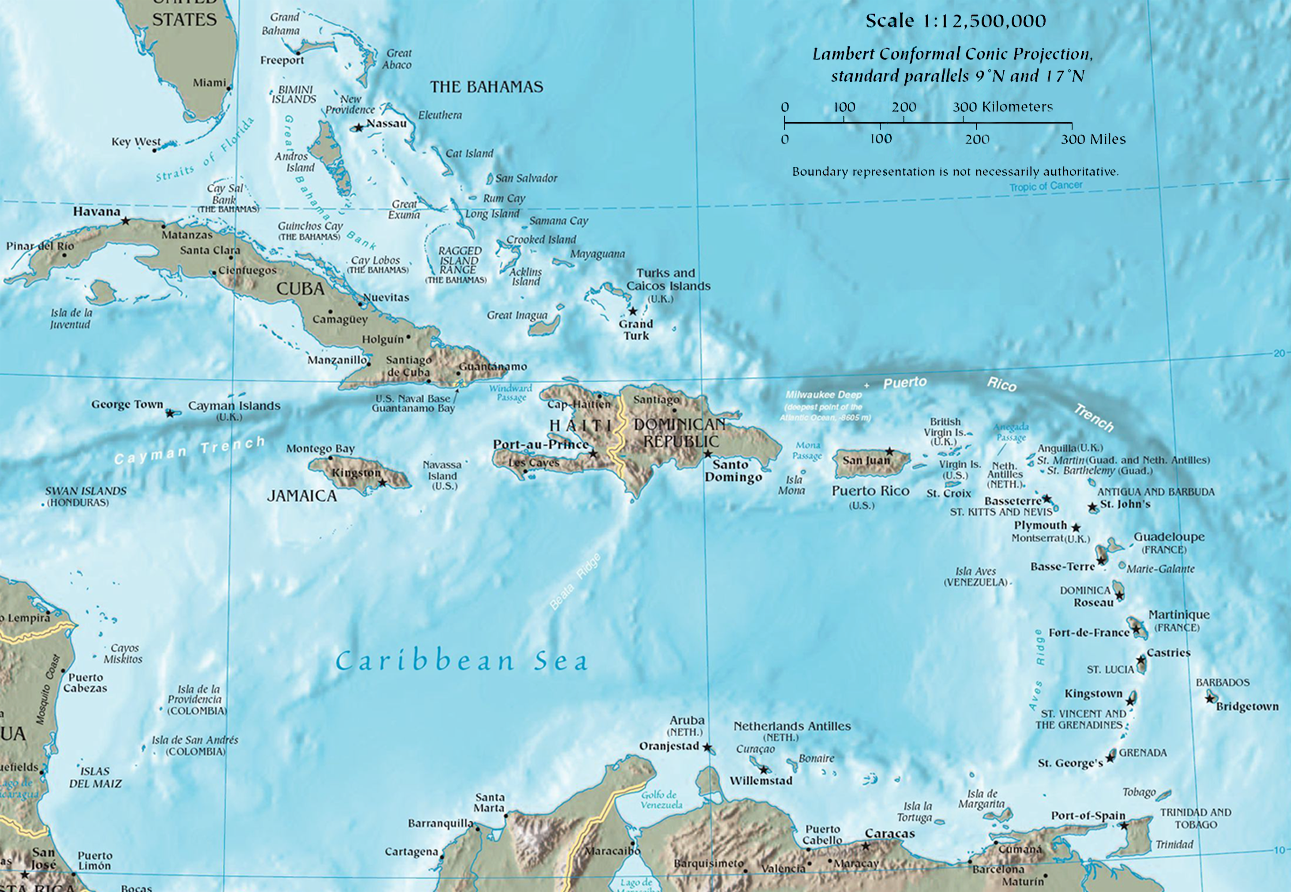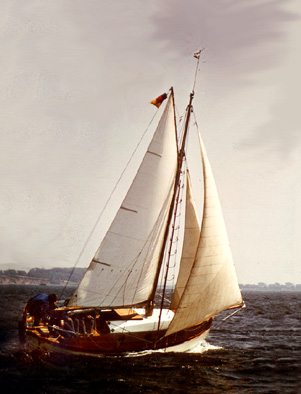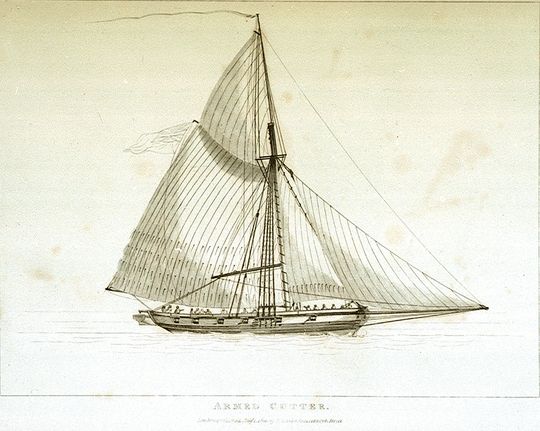|
HMS Lapwing (1785)
HMS ''Lapwing'' was a 28-gun sixth-rate frigate of the Royal Navy. Career ''Lapwing'' was first commissioned in October 1790 under the command of Captain Paget Bayly (or Bayley), who had commanded off the coast of Africa and in the West Indies. Captain Henry Curzon recommissioned her in April 1791 and sailed for the Mediterranean on 12 July. She returned to Britain in 1793 and was paid off in February 1794. Between May and November ''Lapwing'' underwent fitting at Woolwich. While this was underway, Captain Robert Barton commissioned her for cruising. He then sailed her to the Leeward Islands in October 1795. ''Lapwing'' vs. ''Décius'' and ''Vaillante'' On 25 November 1796, Captain R. Barton and ''Lapwing'' were at St Kitts when an express boat brought the news that a French force consisting of two warships, several smaller ships, and 400 troops, were threatening Anguilla. Contrary winds prevented ''Lapwing'' from arriving in time to prevent the French from burning the t ... [...More Info...] [...Related Items...] OR: [Wikipedia] [Google] [Baidu] |
Antoine Roux
Ange-Joseph Antoine Roux, "Antoine Roux" (1765–1835) was a French fine art painter who specialised in maritime painting, sometimes referred to as marine art. Career Roux came from a family of artists and primarily worked in Marseille. Early in life he was apprenticed to his father, Joseph Roux (1752–93), a hydrographer as well as an artist in his own right, spending his leisure hours painting and drawing.The Sketchbooks of Antoine Roux , Peabody Essex Museum, 2006. French galley at Marseilles (PAG9744) '', National Maritime Museum, Greenwich, London. Antoine died of cholera in Marseille in 1835. [...More Info...] [...Related Items...] OR: [Wikipedia] [Google] [Baidu] |
Striking The Colours
Striking the colors—meaning lowering the flag (the " colors") that signifies a ship's or garrison's allegiance—is a universally recognized indication of surrender, particularly for ships at sea. For a ship, surrender is dated from the time the ensign is struck. In international law "Colours. A national flag (or a battle ensign). The colours . . . are hauled down as a token of submission." International law absolutely requires a ship of war to fly its ensign at the commencement of any hostile acts, i.e., before firing on the enemy. During battle there is no purpose in striking the colors other than to indicate surrender. It was and is an offense to continue to fight after striking one's colors, and an offense to continue to fire on an enemy after she has struck her colors, unless she indicates by some other action, such as continuing to fire or seeking to escape, that she has not truly surrendered. For this reason, striking the colors is conclusive evidence of a surrende ... [...More Info...] [...Related Items...] OR: [Wikipedia] [Google] [Baidu] |
Martinique
Martinique ( , ; gcf, label=Martinican Creole, Matinik or ; Kalinago language, Kalinago: or ) is an island and an Overseas department and region, overseas department/region and single territorial collectivity of France. An integral part of the France, French Republic, Martinique is located in the Lesser Antilles of the West Indies in the eastern Caribbean Sea. It has a land area of and a population of 364,508 inhabitants as of January 2019.Populations légales 2019: 972 Martinique INSEE One of the Windward Islands, it is directly north of Saint Lucia, northwest of Barbados and south of Dominica. Martinique is an Outermost Region and a Special member state territories and the European Union, special territory of the European Union; the currency in use is the euro. Virtually the entir ... [...More Info...] [...Related Items...] OR: [Wikipedia] [Google] [Baidu] |
Antigua
Antigua ( ), also known as Waladli or Wadadli by the native population, is an island in the Lesser Antilles. It is one of the Leeward Islands in the Caribbean region and the main island of the country of Antigua and Barbuda. Antigua and Barbuda became an independent state within the Commonwealth of Nations on 1 November 1981. ''Antigua'' means "ancient" in Spanish after an icon in Seville Cathedral, "" — St. Mary of the Old Cathedral.Kessler, Herbert L. & Nirenberg, David. Judaism and Christian Art: Aesthetic Anxieties from the Catacombs to Colonialism'' Accessed 23 September 2011. The name ''Waladli'' comes from the indigenous inhabitants and means approximately "our own". The island's perimeter is roughly and its area . Its population was 83,191 (at the 2011 Census). The economy is mainly reliant on tourism, with the agricultural sector serving the domestic market. Over 22,000 people live in the capital city, St. John's. The capital is situated in the north-we ... [...More Info...] [...Related Items...] OR: [Wikipedia] [Google] [Baidu] |
Nevis
Nevis is a small island in the Caribbean Sea that forms part of the inner arc of the Leeward Islands chain of the West Indies. Nevis and the neighbouring island of Saint Kitts constitute one country: the Saint Kitts and Nevis, Federation of Saint Kitts and Nevis. Nevis is located near the northern end of the Lesser Antilles archipelago, about east-southeast of Puerto Rico and west of Antigua. Its area is and the capital is Charlestown, Nevis, Charlestown. Saint Kitts and Nevis are separated by a shallow channel known as "The Narrows (Saint Kitts and Nevis), The Narrows". Nevis is roughly conical in shape, with a volcano known as Nevis Peak at its centre. The island is fringed on its western and northern coastlines by sandy beaches composed of a mixture of white coral sand with brown and black sand eroded and washed down from the volcanic rocks that make up the island. The gently-sloping coastal plain ( wide) has natural freshwater springs as well as non-potable volcan ... [...More Info...] [...Related Items...] OR: [Wikipedia] [Google] [Baidu] |
Caribbean
The Caribbean (, ) ( es, El Caribe; french: la Caraïbe; ht, Karayib; nl, De Caraïben) is a region of the Americas that consists of the Caribbean Sea, its islands (some surrounded by the Caribbean Sea and some bordering both the Caribbean Sea and the North Atlantic Ocean) and the surrounding coasts. The region is southeast of the Gulf of Mexico and the North American mainland, east of Central America, and north of South America. Situated largely on the Caribbean Plate, the region has more than 700 islands, islets, reefs and cays (see the list of Caribbean islands). Island arcs delineate the eastern and northern edges of the Caribbean Sea: The Greater Antilles and the Lucayan Archipelago on the north and the Lesser Antilles and the on the south and east (which includes the Leeward Antilles). They form the West Indies with the nearby Lucayan Archipelago ( the Bahamas and Turks and Caicos Islands), which are considered to be part of the Caribbean despite not borde ... [...More Info...] [...Related Items...] OR: [Wikipedia] [Google] [Baidu] |
University Of Miami
The University of Miami (UM, UMiami, Miami, U of M, and The U) is a private research university in Coral Gables, Florida. , the university enrolled 19,096 students in 12 colleges and schools across nearly 350 academic majors and programs, including the Leonard M. Miller School of Medicine in Miami's Health District, the law school on the main campus, and the Rosenstiel School of Marine and Atmospheric Science on Virginia Key with research facilities in southern Miami-Dade County. The University of Miami offers 138 undergraduate, 140 master's, and 67 doctoral degree programs. Since its founding in 1925, the university has attracted students from all 50 states and 173 foreign countries. With 16,954 faculty and staff as of 2021, the University of Miami is the second largest employer in Miami-Dade County. The university's main campus in Coral Gables spans , has over of buildings, and is located south of Downtown Miami, the heart of the nation's ninth largest and world' ... [...More Info...] [...Related Items...] OR: [Wikipedia] [Google] [Baidu] |
Hired Armed Cutter Queen Charlotte
His Majesty's hired armed cutter ''Queen Charlotte'' served the Royal Navy on two contracts, the first from 10 June 1803 to 13 February 1805, and the second from 17 September 1807 to 17 May 1814.Winfield (2008), p.391. She was of 75 tons (bm) and carried eight 4-pounder guns. There was also a cutter ''Queen Charlotte'' that was present at the taking of Saint Lucia in May 1796 by British forces under Sir Hugh Christian and Sir Ralph Abercrombie. First contract On her first contract ''Queen Charlotte'' may initially have been under the command of Lieutenant John Drew, on the Newfoundland Station. On 17 July 1803 , and ''Queen Charlotte'' captured ''Caroline''. Then on 28 July, the same three vessels recaptured from the French the brig ''Mercure'', which apparently was British-built and once called ''Mercury''. In November ''Queen Charlotte'' was under the command of Lieutenant John G.M.B. McKillop. In late 1804, Vice-Admiral Erasmus Gower, then Governor of Newfoundland and La ... [...More Info...] [...Related Items...] OR: [Wikipedia] [Google] [Baidu] |
Cutter (ship)
A cutter is a type of watercraft. The term has several meanings. It can apply to the rig (or sailplan) of a sailing vessel (but with regional differences in definition), to a governmental enforcement agency vessel (such as a coast guard or border force cutter), to a type of ship's boat which can be used under sail or oars, or, historically, to a type of fast-sailing vessel introduced in the 18th century, some of which were used as small warships. As a sailing rig, a cutter is a single-masted boat, with two or more headsails. On the eastern side of the Atlantic, the two headsails on a single mast is the fullest extent of the modern definition. In U.S. waters, a greater level of complexity applies, with the placement of the mast and the rigging details of the bowsprit taken into account so a boat with two headsails may be classed as a sloop. Government agencies use the term "cutter" for vessels employed in patrolling their territorial waters and other enforcement activities. ... [...More Info...] [...Related Items...] OR: [Wikipedia] [Google] [Baidu] |
Hired Armed Vessels
During the eighteenth and nineteenth centuries the Royal Navy made use of a considerable number of hired armed vessels. These were generally smaller vessels, often cutters and luggers, that the Navy used for duties ranging from carrying and passengers to convoy escort, particularly in British coastal waters, and reconnaissance.Winfield (2008), p.387. Doctrine The Navy Board usually hired the vessel complete with master and crew rather than bareboat. Contracts were for a specified time or on an open-ended monthly hire basis. During periods of peace, such as the period between the Treaty of Amiens and the commencement of the Napoleonic Wars, the Admiralty returned the vessels to their owners, only to rehire many on the outbreak of war. The Admiralty provided a regular naval officer, usually a lieutenant for the small vessels, to be the commander. The civilian master then served as the sailing master. For purposes of prize money or salvage, hired armed vessels received the sa ... [...More Info...] [...Related Items...] OR: [Wikipedia] [Google] [Baidu] |
Saint Barthélemy
Saint Barthélemy (french: Saint-Barthélemy, ), officially the Collectivité territoriale de Saint-Barthélemy, is an overseas collectivity of France in the Caribbean. It is often abbreviated to St. Barth in French, and St. Barts in English. The island lies about south of the Caribbean island Saint Martin, and is northeast of the Dutch islands of Saba, Sint Eustatius, and the independent country of Saint Kitts and Nevis. Saint Barthélemy was for many years a French commune forming part of Guadeloupe, which is an overseas region and department of France. In 2003 the island voted in favour of secession from Guadeloupe in order to form a separate overseas collectivity (''collectivité d'outre-mer'', abbreviated to ''COM'') of France. The collectivity is one of four territories among the Leeward Islands in the northeastern Caribbean that make up the French West Indies, along with Saint Martin, Guadeloupe ( southeast), and Martinique. Saint Barthélemy, a volcanic island f ... [...More Info...] [...Related Items...] OR: [Wikipedia] [Google] [Baidu] |
Barbuda
Barbuda (), is an island located in the eastern Caribbean forming part of the sovereign state of Antigua and Barbuda. It is located north of the island of Antigua and is part of the Leeward Islands of the West Indies. The island is a popular tourist destination because of its moderate climate and coastline. Historically, most of Barbuda's 1,634 residents have lived in the town of Codrington. However, in September 2017, Hurricane Irma damaged or destroyed 95% of the island's buildings and infrastructure and, as a result, all the island's inhabitants were evacuated to Antigua, leaving Barbuda empty for the first time in modern history. By February 2019, most of the residents had returned to the island. History The Pre-Arawakan peoples inhabited the area in the Stone Age. The island was populated by Arawak and Carib Indians when Christopher Columbus landed on his second voyage in 1493. Early settlements by the Spanish were followed by the French and English who formed a ... [...More Info...] [...Related Items...] OR: [Wikipedia] [Google] [Baidu] |






